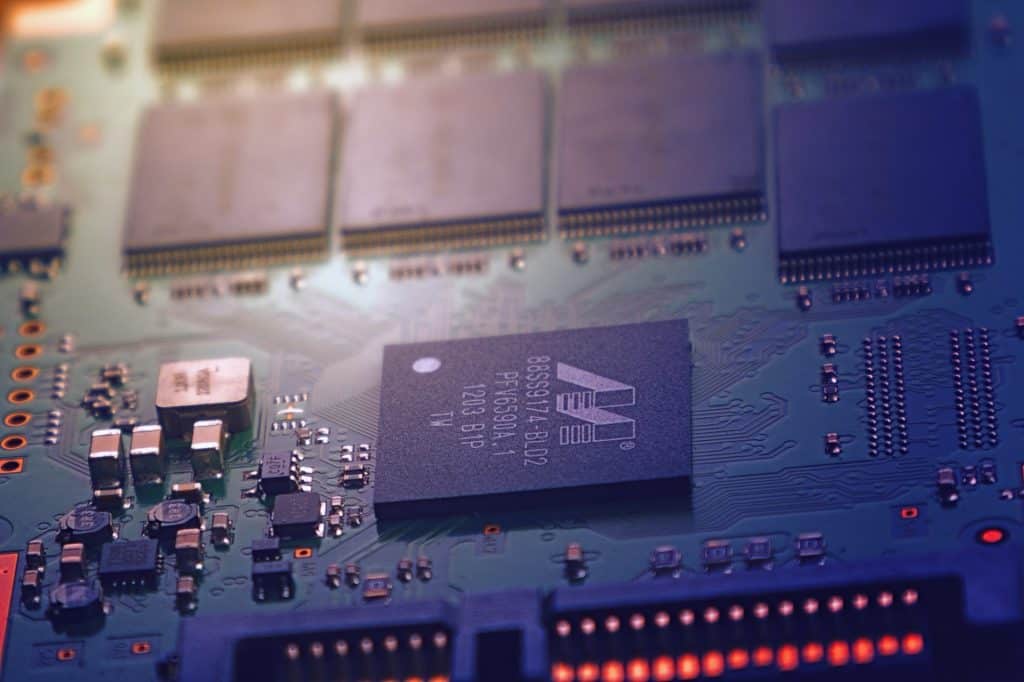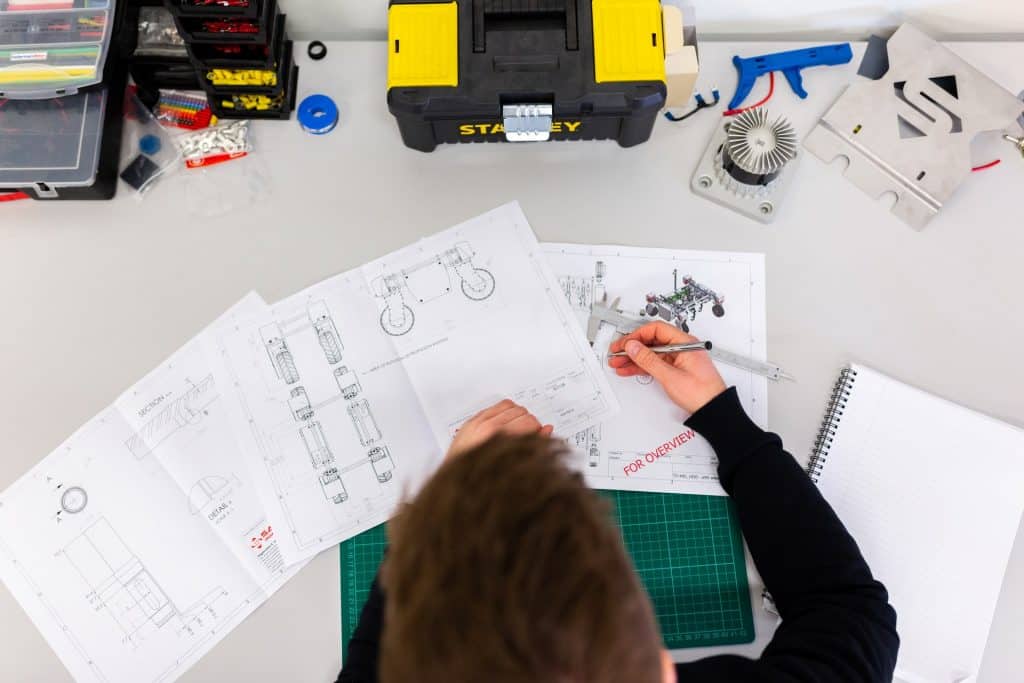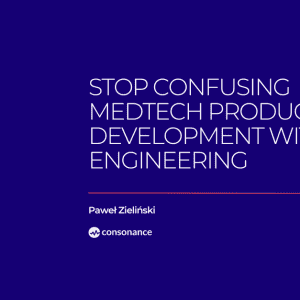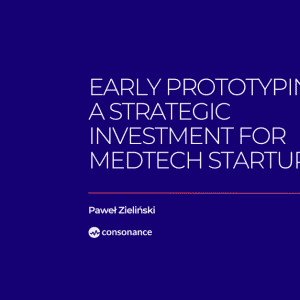2023 Medtech trends wrap up by Consonance Team

How to discuss Medtech trends? Reading tea leaves is not a good idea, so I asked experts in their fields to wrap up important pieces. Read about trends in Medtech business, engineering, project management and quality assurance in a single article. Hope you’ll take some inspiration for your future activities.
Table of Contents
The key Medtech development area in 2023?
Mariusz Mąsior – CEO
Looking a little more closely at the past year in terms of the future, there are several factors that have played and will play a big role.
First, there’s the ending pandemic. The whole action with Covid has had a significant social impact, which in many areas we probably don’t yet realize. One can point, for example, to the clear push forward in the digitization of various services and medtech services. The global confinement of people to their homes, telcos at doctors’ offices, remote learning, etc., has almost forced a generational leap in the ability to use and access digital services. This has made it much easier to explain to everyone how and what they can gain from modern digital services – including in the area of healthcare. On top of that, the pandemic has definitely prolonged the vogue for MedTech in a startup context, i.e. in the areas of understanding needs, willingness to develop, interest in innovation and engaging people to come up with novelties. To my eye, these effects won’t disappear too soon, and this may result in the improvement and maturity of the entire field. Since more money keep MedTech momentum, more people are getting into it, so they have better competence, which will result in better products that will bring more value, creating even higher expectations, resulting in (hopefully) even more money being pumped into the area. If such a loop is created it will serve both this industry and the development of various other industries and science fields as MedTech is a very cross-cutting field.
Additionally, and perhaps most importantly from the point of view of the public interest, it will improve the health and quality of life for many people. I hope that this potential will be recognized by the public sponsor of scientific research (governments and EU agencies that subsidize science), because unfortunately the private market in our region is too weak to generate a sufficient stream of funding on its own to feed the entire mechanism.

Possible downturn affects positively on Medtech
Another phenomenon that extraordinarily affects and will continue to affect our lives and that will reverberate through various industries is the economic downturn. This effect of the pandemic and full-scale war in Ukraine could cause a significant recession, on the brink of which we are balancing today. How will this affect our work and MedTech industry? Paradoxically, possibly positively…. Times of recession teach efficiency, give room for new people who will notice and react to changing trends faster. There will certainly be less money for investment, development and innovation, but not zero. I would expect that greater difficulty in obtaining financing will result in greater competitiveness, stronger promotion of competence and ingenuity, and this will promote better projects and products faster from among the mass of mediocrities.
On top of all this, the new European Medical Device Regulations (MDR) are coming into force. After more than a year of the new regulations, our medtech company know how to operate within them and what to expect (although some time is still needed for full stabilization). One of the most surprising results was the observation that the big players have more problems than the startups. New regulations are more difficult, costly and take more time. It would seem that a large company, which has finished products (with extensive documentation), immense cash resources and a whole building of people with regulatory competence, would already be completely “off” to a small team that is just learning where the strings to pull are. Well, not quite… A startup, wanting to launch a single new product, with the right approach and competence is able to pull everything together (especially when Consonance helps). On the other hand, a large company with dozens (and sometimes hundreds) of products on the market and close deadlines to pull everything together, set against fewer notified bodies than before and a process that requires recertification of every product, has a significant problem. This can already be seen today at the level of medical equipment distributors supplying medical facilities – some items are simply not available. This phenomenon is further compounded by the disruption of supply chains for electronic components that we saw all last year and will be with us for some time to come. The team designing the new device is able to address these troubles from the beginning by working closely with component suppliers – designing the device “around” the missing items. A large company, “printing” the same product for many years, may not even have any means to redesign it, even more so if the trouble involves a substantial bunch of different products.
Looking at all this, I think it’s safe to assume that the rules of the game have leveled out somewhat between the “small” and the “big shots.” The small, clever and agile are well positioned to take advantage of the situation. Fortune favors the brave! And, the big, rich and slow will always remain, after all, the possibility of buying the small one who achieves success (which further cranks up the attraction).
Anyway, we are in interesting times, and despite many objective difficulties, I think it’s a good time for new ideas and innovations in MedTech. It’s a good time for new ventures, ideas and business courage. It can also be a good time for Consonance. Like I said before, fortune favors the brave.
Which Medtech technologies do you see as those with the most potential for growth?
Paweł Mamak – Head of Electronics Engineering
For many years, one can notice the desire to create solutions to help diagnose popular conditions more easily. I am referring to devices that do not require specialized knowledge to operate, and thanks to their ability to be used at home can greatly facilitate the process of acquiring diagnostic data. So in my point of view, any hardware or software technology which supports Telemedicine and the noticeable trend of democratizing healthcare are the ones to look after. Transferring more and more diagnostic and therapeutic capabilities to the patient himself, to streamline the workflow of specialists is a win-win situation for the whole healthcare ecosystem.

If we dig deeper into electronics engineering, the human body serves as a vast testing field for non-invasive sensors like biometric devices and wearables. One can monitor an increasing number of parameters. Devices can incorporate information on not just our health but also the outside elements that affect how we feel.
The progress in specific therapeutic areas is incredible. Some time ago, we designed a device for testing sleep apnea. Current diagnostics largely involve hooking up the patient to sophisticated equipment in a clinic, where sleep does not correspond to everyday sleep conditions.
While in the project we used a special membrane on the larynx and a set of microphones for recording, currently it is possible to develop radar technologies that allow detection of chest movements during sleep, which I believe has great potential in the area of research on breathing problems during sleep.
Yet that’s just the tip of an iceberg. Detailed landscape of the Medtech product trends for 2023 and beyond includes also:
- medical robots development
- digital therapeutics
- VR/AR
- Additive manufacturing and 3D bioprinting
- AI / software as a medical device.
Some examples:
- https://docs.acconeer.com/en/latest/exploration_tool/algo/a111/sleep_breathing.html
- https://www.infineon.com/cms/en/product/sensor/radar-sensors/
What causes the most exciting, difficult situations in the Medtech project management process today?
Kamil Bobrowski – Head of PMO
The biggest excitement for me is still the creation of innovation. A product that has no reference products. Most Medtech projects are R&D and searching for new solutions. This still involves not knowing for sure whether an idea is feasible according to certain business or technological assumptions and whether it meets the definition of a medical device. Up to a certain point, it is not known whether the idea and approach will work, whether it will give us the assumed results, whether from these results we are able to get information that directly translates into some kind of diagnosis/therapy.
In every innovative project we come to the point of testing, which is a validation of the assumptions made. Both for the idea whether it made sense but also the selected technological solution. The field of Medtech is doubly complicated, not only because the implementation of the idea/assumptions is chosen from among several concepts, but also because a medical device can be released for sale only if it obtains the appropriate certificates. If the tests do not give positive results, it is necessary to go back to the beginning and change the approach to implementation based on the experience gained. In my opinion, there are no losers in this situation, even if the project loses its technological readiness. Through testing and iterations, we gain experience and data that will allow us to implement a device that will give real diagnostic or therapeutic value to patients.

And here we come to the biggest difficulty in Medtech. Finding, assessing and minimizing risks at the very beginning of a project. Probably every participant of it would not like to see, after spending a long time developing a prototype, that the failure was due to a minor oversight in the conceptual phase. For this reason, a few years ago we implemented either a technical feasibility study or a technical audit as Step 0 for every Medtech project our team undertakes. By doing so, as we already know from our clients, we saved a plurality of projects from failure and thousands of Euros burned in the wrong R&D direction.
Medical certification 2022 highlights. How do you assess the MDR implementation in Medtech?
Kinga Kierepka – Quality Manager & Regulatory Specialist
I think the April entry into force of the IVDR regulation on in vitro diagnostic devices was a significant event on the calendar of all those involved in quality assurance and certification of medical devices. April also brought the implementation of the National Law on Medical Devices in Poland.
The implementation and preparation of medical devices toward MDR still generates a lot of excitement. Certification costs are high for both new products and those that need to undergo some upgrade from previous regulations.
At a disadvantage is the fact that the availability of notified bodies is limited. Since June, six additional notified bodies have been granted #MDR status, resulting in a pool of 36 entities that, in order for all present devices to remain on the market, must complete almost 23,000 certifications by May 2024. There are increasing signs, even from EU officials, of a possible extension of the transition periods by the European Commission. The planned postponement would be quite substantial: to 2027 for IIb and III products, and 2028 for Classes IIa and I.
In this case, there will be two consequences. Certainly, manufacturers will breathe a sigh of relief by postponing the adaptation of their devices and, on the other hand, this could prevent a dangerous situation in which too many medical devices could disappear from the market next year, even causing a threat to patient diagnostics or therapy.
Short summary
2023 Medtech trends seem to be challenging yet there are opportunities to undertake. Lately the European Commission adopted a proposal to give more time to certify medical devices to mitigate the risk of shortages. I hope your Medtech projects will materialize like you planned. Keep up the good work! Check also our 2022 MedTech trends!
You’re invited to talk with us about them and simply let’s schedule a virtual coffee to make them done.






